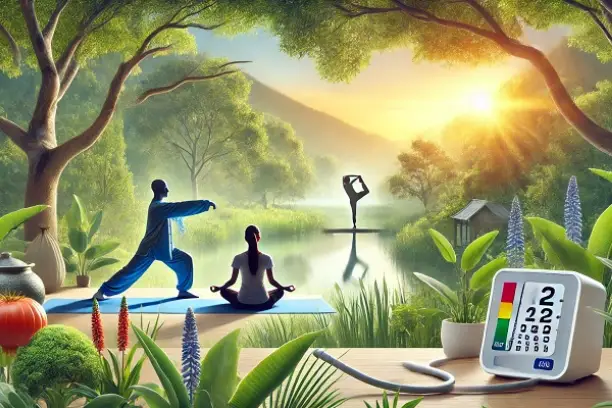
High blood pressure, or hypertension, is a silent yet pervasive health issue affecting millions worldwide. Characterized by consistently elevated pressure in the arteries, it can lead to severe complications, including heart disease, stroke, and kidney failure. While traditional treatments like medication and dietary changes remain essential, alternative therapies such as Tai Chi and therapeutic yoga have emerged as powerful, holistic tools to complement these efforts.
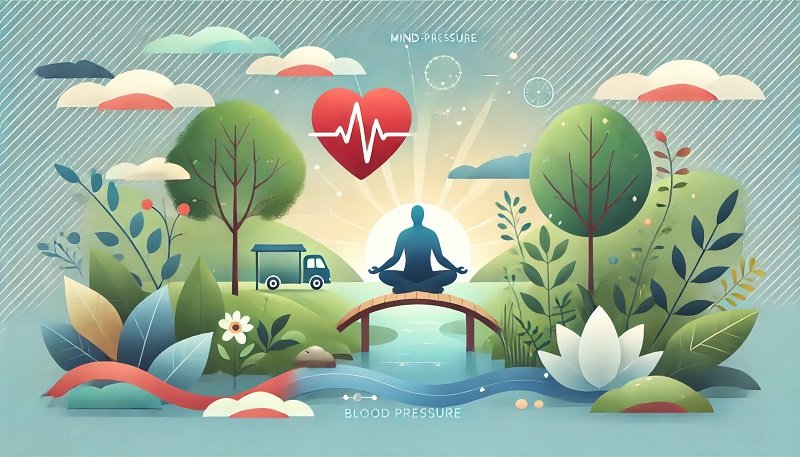
Stress is one of the key contributors to high blood pressure. Modern lifestyles filled with deadlines, screens, and sedentary habits often exacerbate this condition. Tai Chi and yoga work by addressing stress at its root—through mindfulness, movement, and controlled breathing. These practices activate the parasympathetic nervous system, commonly referred to as the "rest and digest" system, which counteracts the "fight or flight" response and helps to reduce blood pressure naturally.
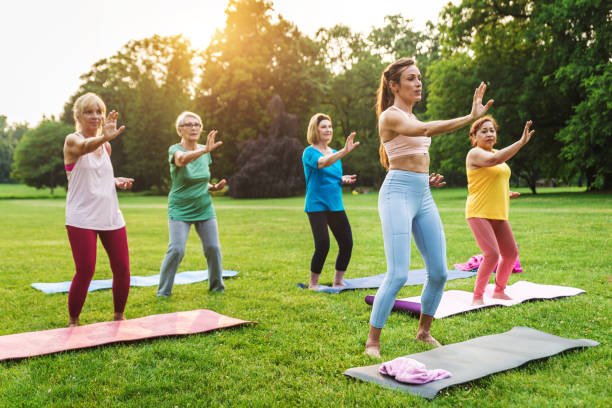
Tai Chi is an ancient Chinese martial art that emphasizes slow, deliberate movements, meditation, and deep breathing. Often described as "meditation in motion," Tai Chi promotes balance, flexibility, and mental focus. Studies show that practicing Tai Chi can reduce systolic and diastolic blood pressure by improving vascular function and lowering cortisol levels.
To help you get started, here are three simple Tai Chi movements that are both calming and effective for beginners:
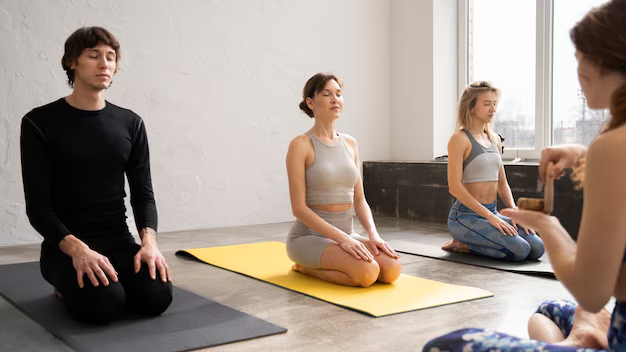
Yoga is a centuries-old practice rooted in Indian traditions, combining physical postures (asanas), breath control (pranayama), and meditation. Research highlights yoga’s effectiveness in reducing stress hormones, improving circulation, and enhancing overall cardiovascular health.
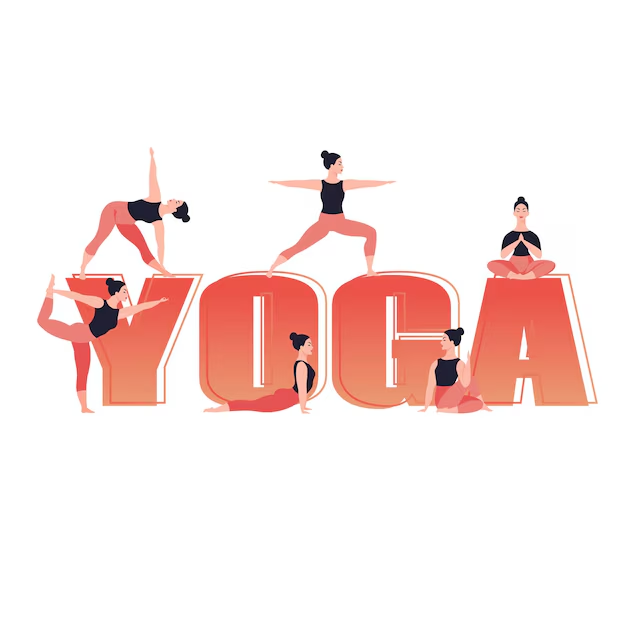
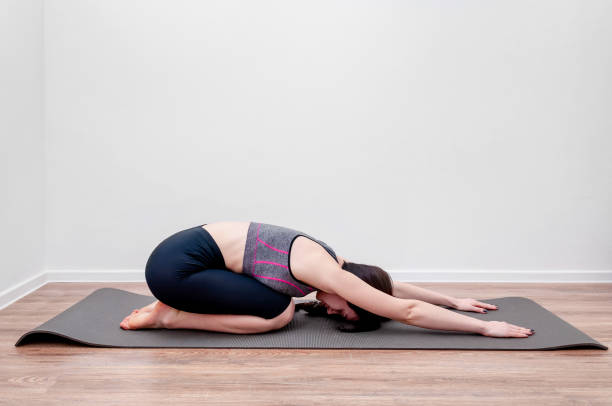
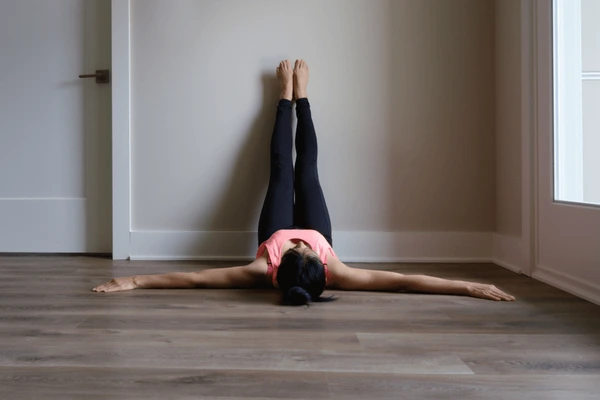
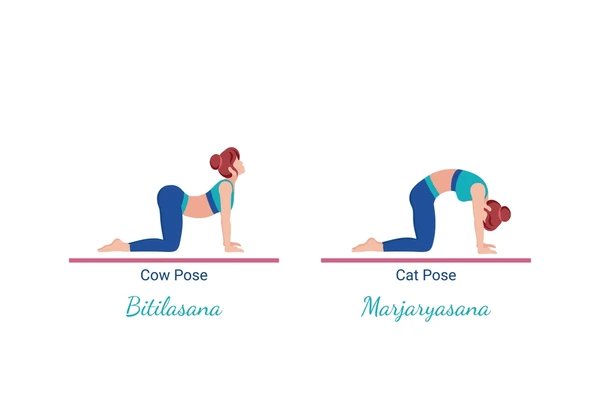
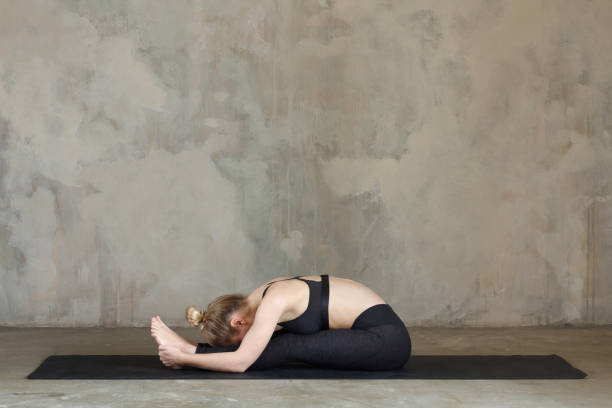
Consistency is key when incorporating Tai Chi and yoga into your lifestyle. Here are some tips to ensure long-term success:

While Tai Chi and yoga are generally safe, individuals with severe hypertension should consult their healthcare provider before starting any new fitness program. Modifications might be necessary to avoid poses or movements that could temporarily increase blood pressure.
Tai Chi and therapeutic yoga offer a gentle yet effective way to manage high blood pressure, blending physical activity with mental calm. By reducing stress, improving circulation, and promoting overall well-being, these ancient practices can become valuable allies in your journey toward heart health. Embrace the power of mindful movement and take the first step to a healthier, happier you!
© Fitness Talk. All Rights Reserved.